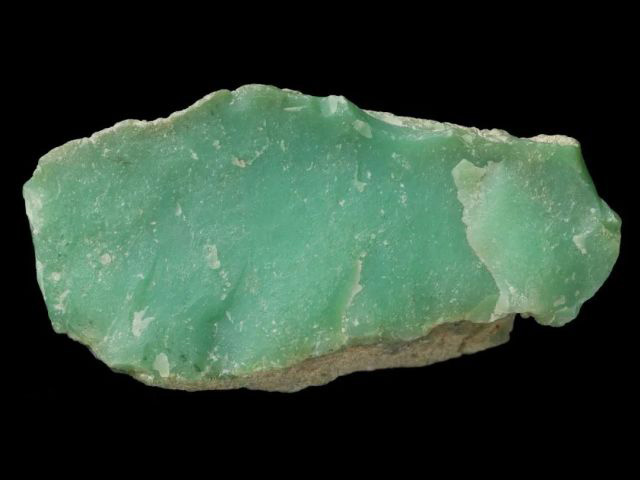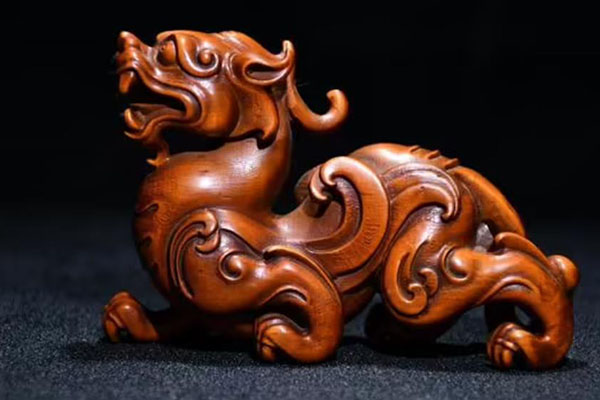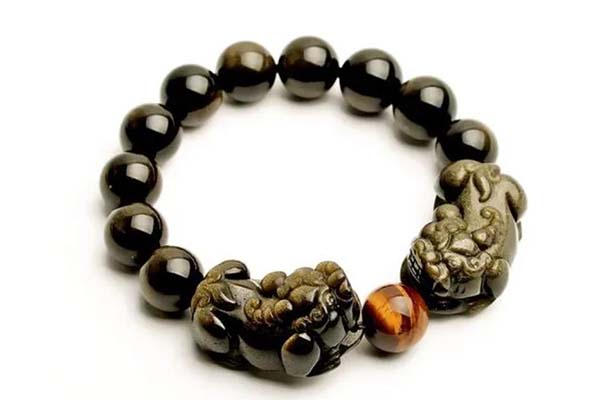Gemstones have been valued for their beauty, rarity, and perceived metaphysical properties for thousands of years. Two popular green gemstones are Green Aventurine and Jade, both of which have distinctive features that make them unique. In this blog post, Gemstone fine jewelry wholesale supplier will teach the differences between Green Aventurine and Jade, their properties and characteristics, their uses, and how to tell them apart.
What is Green Aventurine?
Green Aventurine is a type of quartz that belongs to the chalcedony mineral family. It is characterized by its translucency and its green color, which is caused by the presence of microscopic mineral inclusions such as fuchsite, muscovite, or hematite. Green Aventurine is named after the Italian word “avventura,” which means “by chance,” because it was discovered accidentally by Venetian glassworkers in the 18th century.
Properties and Characteristics of Green Aventurine
Green Aventurine has a hardness of 7 on the Mohs scale, which means it is relatively durable and scratch-resistant. Its specific gravity ranges from 2.64 to 2.69, which makes it slightly heavier than water. Green Aventurine is translucent to opaque and has a vitreous to waxy luster. It is commonly found in Brazil, India, Russia, and Tanzania.
Uses of Green Aventurine
Green Aventurine is a popular gemstone for jewelry making and is often used in beads, pendants, and earrings. It is also used as a decorative stone for carvings, figurines, and vases. In addition, Green Aventurine is believed to have healing properties and is used in alternative medicine as a stress reliever, heart healer, and general tonic for the body and mind.
What is Jade?
Jade is a term used to describe two different minerals: jadeite and nephrite. Both minerals are highly prized for their toughness, beauty, and cultural significance. Jadeite is the rarer and more valuable of the two, while nephrite is more commonly found and used. Jade can be found in a range of colors, including green, white, lavender, yellow, and red, but green is the most highly prized.
Properties and Characteristics of Jade
Jadeite has a hardness of 6.5 to 7 on the Mohs scale, while nephrite has a hardness of 6 to 6.5. Both minerals have a specific gravity of around 3, which makes them denser than most other gemstones. Jadeite is usually more transparent than nephrite and has a vitreous to oily luster, while nephrite is usually opaque and has a waxy to greasy luster. Jadeite is found primarily in Myanmar, while nephrite is found in China, Russia, Canada, and New Zealand.
Uses of Jade
Jade has been used for thousands of years in Chinese, Mesoamerican, and Maori cultures for ceremonial objects, jewelry, and decorative items. It is believed to have protective and healing properties and is used in traditional medicine to treat various ailments. Jade is also a popular gemstone for contemporary jewelry, especially in East Asia.
Differences between Green Aventurine and Jade
While both Green Aventurine and Jade are green gemstones, there are several differences between them.
Physical differences
Green Aventurine is a type of quartz, while Jade is a term used to describe two different minerals: jadeite and nephrite. Green Aventurine is generally more translucent than Jade and has a vitreous to waxy luster,while Jade is usually opaque and has a waxy to greasy luster. Green Aventurine is also harder than both types of Jade, with a hardness of 7 on the Mohs scale compared to Jadeite’s 6.5 to 7 and nephrite’s 6 to 6.5.
Chemical composition differences
Green Aventurine is composed of silicon dioxide with various inclusions, while Jadeite is a sodium and aluminum-rich pyroxene mineral, and nephrite is a calcium and magnesium-rich amphibole mineral. This difference in chemical composition affects their physical properties, such as their hardness, density, and luster.
Cultural and historical differences
Jade has been highly valued in Chinese culture for thousands of years, where it is considered a symbol of purity, wisdom, and good fortune. Jade objects were used in rituals and ceremonies, and the finest pieces were reserved for the imperial court. Green Aventurine does not have the same cultural significance as Jade and is not associated with any specific culture or tradition.
Price differences
Jade, especially high-quality Jadeite, can be very expensive and is often sold for thousands of dollars per carat. Green Aventurine, on the other hand, is much more affordable and can be found for a fraction of the price of Jade.
How to tell the difference between Green Aventurine and Jade
While Green Aventurine and Jade may look similar to the untrained eye, there are a few ways to tell them apart.
Visual inspection
Green Aventurine is usually more translucent and has a brighter, more uniform green color than Jade. Jade, especially nephrite, may have visible veins or inclusions, and its color may vary from pale to dark green.
Scratch test
Green Aventurine is harder than both types of Jade, so it will scratch Jade but not the other way around. However, this test should only be done by a professional to avoid damaging the gemstone.
Density test
Jade has a higher density than Green Aventurine, so it will feel heavier in the hand. However, this difference may be difficult to detect without a scale.
Conclusion
Green Aventurine and Jade are two beautiful green gemstones with different properties, characteristics, and cultural significance. While they may look similar, there are several differences between them that can be observed through visual inspection, scratch tests, and density tests. Whether you’re a gemstone enthusiast or simply looking for a unique piece of wholesale Aventurine jewelry, understanding the difference between these two gemstones can help you make an informed decision.




